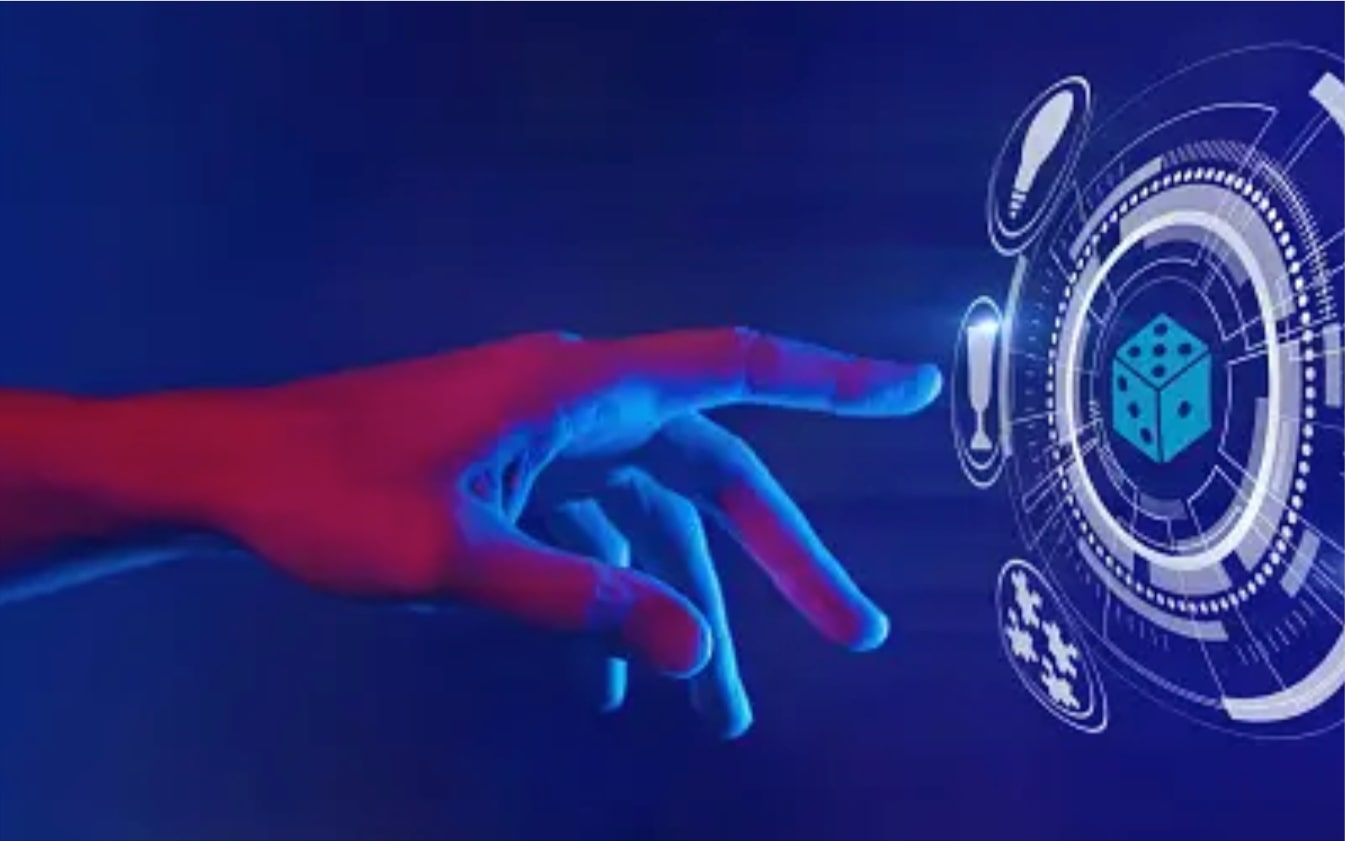
In recent years, the use of gamification mechanics has gained momentum in various fields, including education. Gamification involves integrating game elements and design principles into non-game contexts to engage and motivate users. In the realm of education, browser-based games enriched with gamification mechanics have emerged as a powerful tool for fostering interactive and effective learning experiences. This article delves into the fascinating world of browser-based educational games and how gamification mechanics are shaping the future of learning.
The Power of Play in Learning
Humans are naturally inclined to play, and this innate trait has a profound impact on how we learn. Educational psychologists have long recognized the value of play-based learning for children. However, the concept of play doesn’t stop at childhood; it continues to be an effective learning tool for individuals of all ages. Browser-based educational games leverage this inherent human trait, making learning enjoyable and engaging.
The Key Gamification Mechanics
Gamification mechanics are the core elements borrowed from the world of games and applied to educational contexts. Here are some of the key mechanics frequently employed in browser-based educational games:
Points and Rewards: Awarding points, badges, or other rewards for completing tasks or achieving learning milestones encourages students to stay engaged and motivated.
Progress Tracking: Progress bars or visual indicators show learners how far they’ve come and what remains to be accomplished, providing a sense of achievement and direction.
Competition: Leaderboards and competitive elements add an element of rivalry, motivating students to outperform their peers or themselves.
Narrative and Storytelling: Games often incorporate compelling narratives and storytelling techniques to make the learning experience more immersive and memorable.
Challenges and Quests: Setting challenges and quests for students to complete not only keeps them engaged but also reinforces the learning objectives.
Immediate Feedback: Rapid feedback on quizzes and assignments helps learners understand their mistakes and encourages them to improve.
Browser games examples
Here are the examples of browser games that can illustrate the diversity of browser-based educational games and how gamification mechanics can be applied to different learning objectives:
Little Alchemy – This minimalist puzzle game encourages players to combine various elements to create new ones. It’s a great example of a browser-based game that promotes critical thinking and experimentation while incorporating gamification mechanics. If you’ve never played it, you can try Little Alchemy on Crazy Games.
Geometry Dash – This fast-paced rhythm-based platformer challenges players to navigate through a series of geometric obstacles. While not an educational game per se, it demonstrates how game mechanics like immediate feedback, progression tracking, and competition can engage players and motivate them to improve their skills. Geometry Dash can be also found on Crazy Games for you to enjoy.
CodeCombat – CodeCombat is an educational game that teaches coding concepts by having players write code to control their in-game character. It combines gamification elements such as points, rewards, and challenges to make learning programming languages like Python and JavaScript engaging and interactive.
Prodigy – Prodigy is a math-based RPG game designed for elementary school students. It integrates math problems into battles with magical creatures, where students solve equations to progress. Points, rewards, and a sense of progression are key gamification elements used to motivate learning.
Scratch – Scratch is a creative programming platform that allows users to create interactive stories, games, and animations. While not a traditional game, it uses gamification elements to encourage users to explore coding concepts, collaborate, and share their projects with others.
Scribblenauts – Scribblenauts is a puzzle-solving game where players use their creativity to solve challenges by summoning objects and characters through text input. It encourages problem-solving and vocabulary expansion in a fun and interactive way.
Benefits of Gamification in Education
The integration of gamification mechanics into browser-based educational games offers several advantages:
Increased Engagement: Gamification makes learning fun and engaging, motivating students to actively participate in the learning process.
Enhanced Retention: Interactive gameplay and memorable experiences result in better knowledge retention and understanding.
Personalized Learning: Many browser-based educational games adapt to the learner’s level, providing a customized learning experience.
Real-World Application: Gamification mechanics often simulate real-world scenarios, helping learners apply their knowledge in practical situations.
Continuous Progress: Gamified systems encourage students to continually improve by setting achievable goals and providing feedback.
Examples of Success
Numerous educational platforms and websites have successfully incorporated gamification mechanics into their browser-based games. Duolingo, for instance, employs points, streaks, and achievements to teach languages effectively. Kahoot! transforms quizzes into competitive games, fostering a collaborative learning environment. Minecraft Education Edition allows students to explore history and science in a virtual world, promoting hands-on learning experiences.
Challenges and Considerations
While gamification in browser-based educational games has immense potential, it also faces some challenges. Designing effective game-based learning experiences requires careful planning and consideration of various factors, including age appropriateness, accessibility, and learning outcomes. Additionally, striking a balance between entertainment and education is crucial, as excessive gamification can
detract from the primary learning objectives.
Conclusion
Gamification mechanics have redefined the way we approach education, making it more engaging and interactive. Browser-based educational games that leverage these mechanics provide a dynamic and effective way for learners to acquire knowledge and skills. As technology continues to advance, we can expect even more innovative and immersive gamified educational experiences to emerge, transforming the future of learning. Whether you’re a student or an educator, embracing the power of play in education can be a game-changer.



